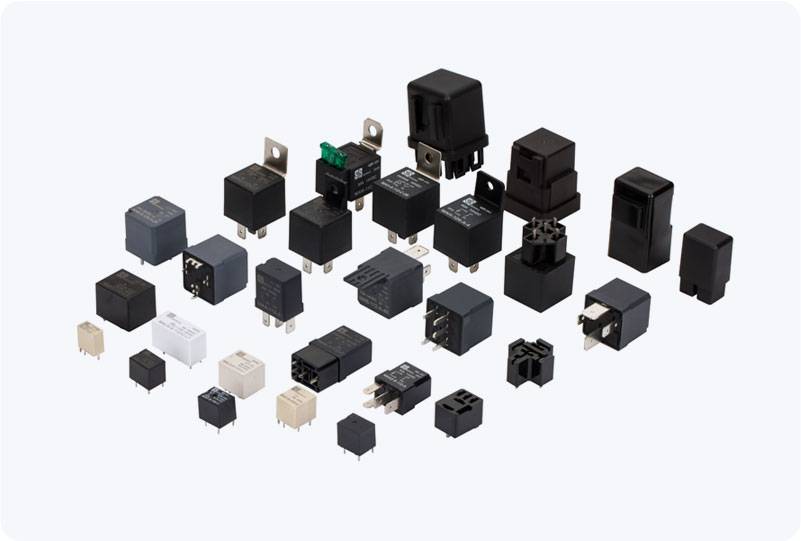A 220VAC Power Relay is a crucial electrical component used to control the switching of high-voltage electrical systems, commonly operating at 220V AC. These relays serve as an interface between low-voltage control circuits and high-voltage power circuits, enabling automated control of electrical devices. With their ability to switch on and off electrical loads, they play an essential role in both residential and industrial applications. This article explores the functions, applications, and safety considerations of 220VAC power relays.

Functions of a 220VAC Power Relay The primary function of a 220VAC Power Relay is to use a small input voltage to control a much larger output voltage. This is achieved through the operation of an electromagnetic coil that, when energized, creates a magnetic field strong enough to move a set of internal contacts. These contacts either open or close the circuit, depending on the relay’s configuration (normally open or normally closed). In terms of 220VAC power, the relay is designed to handle the high current and voltage typically found in residential and commercial power systems. The control circuit that triggers the relay can operate at a low voltage, such as 12V or 24V DC, which allows for greater safety when working with powerful electrical systems.